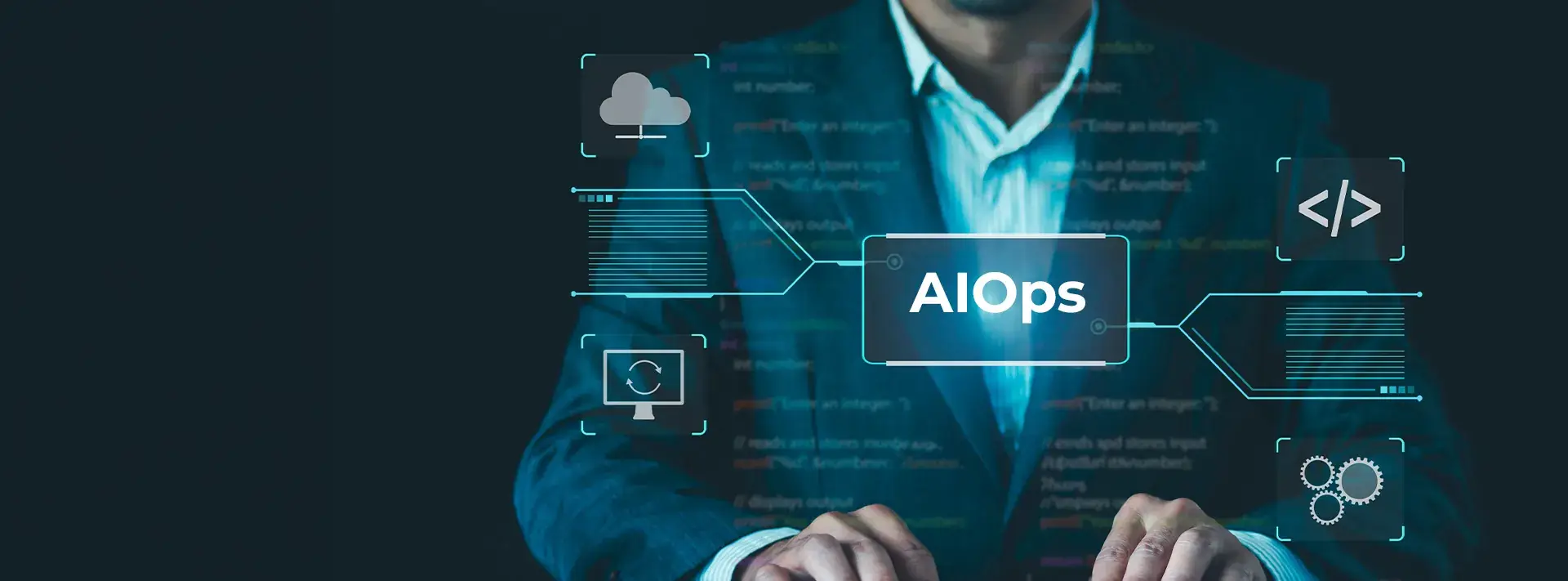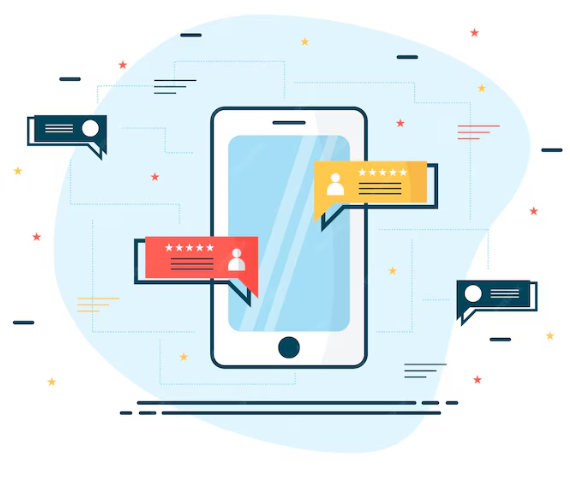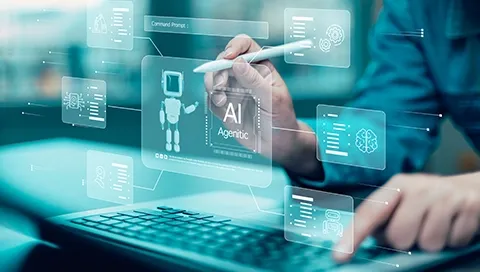Modern IT operations have changed dramatically. Teams have moved from reactive monitoring to proactive, always-on oversight of cloud-native systems. As environments grow more dynamic, the volume of observability data has exploded. Logs, metrics, and traces now flood traditional tools and overwhelm teams.
This data holds valuable insights, but its massive scale needs a smarter and more scalable approach to detect, diagnose, and resolve issues. That’s where AIOps comes in. It doesn’t replace your observability stack. Instead, it works as an adaptive layer on top of it.
In this blog, we’ll explore all about AIOps.
What is AIOps and why it matters now?
AIOps, or Artificial Intelligence for IT Operations, uses machine learning and AI techniques to streamline the detection, diagnosis, and resolution of IT issues. Its role is to cut through noise, correlate disparate signals, and surface actionable insights at machine speed.
Three industry trends make its adoption especially urgent:
- Data Explosion – The growth of containerized workloads, service meshes, and hybrid cloud has caused observability data volumes to soar.
- User Expectations – Customers demand near-zero downtime and instant responsiveness, pushing teams to lower Mean Time to Resolution (MTTR).
- Complexity at Scale – Multi-layered systems generate interdependent issues that are difficult to isolate manually.
Traditional observability tools excel at collecting and visualizing data but rarely connect the dots across multiple sources. As a result, human operators spend valuable time sifting through alerts and logs, time that could be better spent resolving the problem.
AIOps bridges this gap. It doesn’t just monitor; it analyzes, correlates, and predicts, turning observability from a passive process into an active driver of resilience and operational efficiency.
Here are the core capabilities that deliver tangible value in creating an AI layer.

The Core Capabilities of an AIOps Layer.
Each capability works toward the same goal: enabling teams to operate proactively and scale efficiently, without simply adding more people to handle more data.
These capabilities aren’t theoretical, they’re already being applied in real-world IT environments.
From Theory to Practice: How AIOps Is Used
In the real world, AIOps manifests as a set of intelligent workflows embedded in daily operations. Here are some AIOps use cases:
- Incident Detection – Combining conditions like CPU saturation and memory spikes into context-aware alerts.
- Root Cause Isolation – Pinpointing service-level failures instead of chasing unrelated symptoms.
- Proactive Alerts – Predicting hardware degradation or software instability before impact.
- Knowledge Automation – Turning resolved incidents into searchable documentation for future reference.
While these outcomes are valuable, organizations must start somewhere. Let’s explore what Cybage is doing in the AIOps realm.
A Case in Point: Cybage AIOps
At Cybage, AIOps is treated as a strategic intelligence layer rather than just an automation engine. Our expertise spans multi-cloud environments and observability tools like Datadog, New Relic, Prometheus, CloudWatch, and Zabbix, ensuring interoperability across diverse ecosystems.
Our MLOps and LLMOps observability practices extend monitoring beyond infrastructure to the AI models themselves. We capture session traces, model metrics, faithfulness scores, context precision, and even token costs to continuously optimize AI performance.
We have built custom AIOps platforms on GCP leveraging Vertex AI pipelines, model registries, RCA engines, and cost optimization modules. These platforms are powered by robust data ingestion pipelines and designed for scale and adaptability.
We also recognize that successful AIOps adoption requires more than technology. That’s why we focus on cultural and process readiness, providing training, standard operating procedures, and enablement programs so teams can confidently adopt AI capabilities. Our human-in-the-loop approach ensures automation is balanced with oversight, maintaining transparency and trust.
Our internal pilots and platform-level assessments indicate 30–40% faster resolution of recurring issues, consistent response quality, and a transition from reactive to predictive operations.
This progression sets the bar for organizations to start with an MVP (Minimum Viable Product) approach.
A Smart Starting Point: The MVP Approach with Logs
By applying AI to logs first, organizations can demonstrate quick wins without disrupting existing processes. An MVP might include:
- Natural Language Log Search – Semantic search powered by embeddings for faster, context-aware log exploration.
- AI-Powered Summarization – Generating concise insights and updates, integrated with AI-powered chatbots or ticketing workflows.
- IT Service Management (ITSM) Integration – Seamless connectivity with platforms like ServiceNow and Freshservice for real-time incident impact and resolution.
With a solid log-focused MVP in place, the next step is to integrate with established AIOps tools for greater automation and insights.
Scaling Up: Integrating with Established AIOps Tools
Once an MVP delivers value, it can expand into a broader ecosystem of platforms. Common examples include:
- Proactive monitoring with Datadog Watchdog.
- Intelligent alert correlation to cut noise fatigue.
- Automated remediation triggered from change signals (StackStorm, Ansible).
Recognizing the significance of AIOps in today’s landscape, developing the right strategy becomes imperative.
Final Thoughts: Building the Right AIOps Strategy
The path to effective AIOps is not about chasing every possible feature—it’s about targeting specific, high-friction challenges first. Logs, anomaly detection, and event correlation are often the best starting points because they deliver immediate and visible benefits.
Equally critical is cross-functional alignment. AIOps thrives when engineering, DevOps, SREs, and product teams share goals around uptime, performance, and customer experience.
But the future of AIOps goes even further. Beyond operations, it is evolving into a powerful driver of AI-driven security threat prediction, cost optimization, and governance with built-in trust. These capabilities will not only make systems more resilient and efficient but also ensure that enterprises can scale with confidence and transparency.
Above all, AIOps should be viewed as an enhancement to existing observability investments, not a replacement. By layering intelligence on top of familiar tools and workflows, organizations unlock AI-driven speed, precision, and foresight—transforming operations from reactive firefighting into proactive, strategic advantage.
Let’s redefine the future of operations—together. Connect with us to kickstart a joint AIOps journey that turns operational challenges into competitive advantage.
















